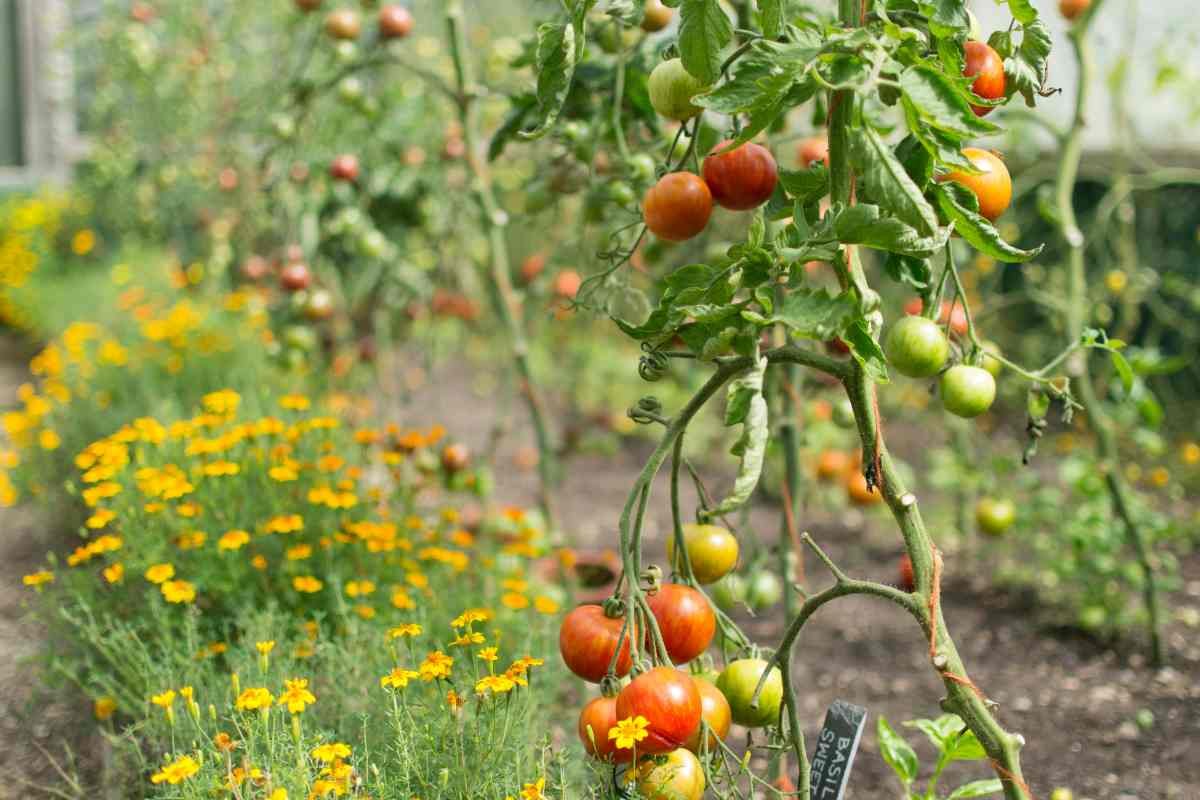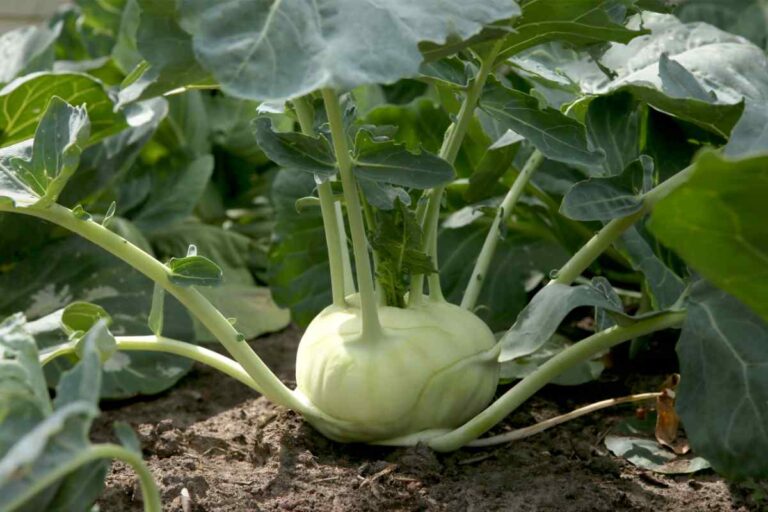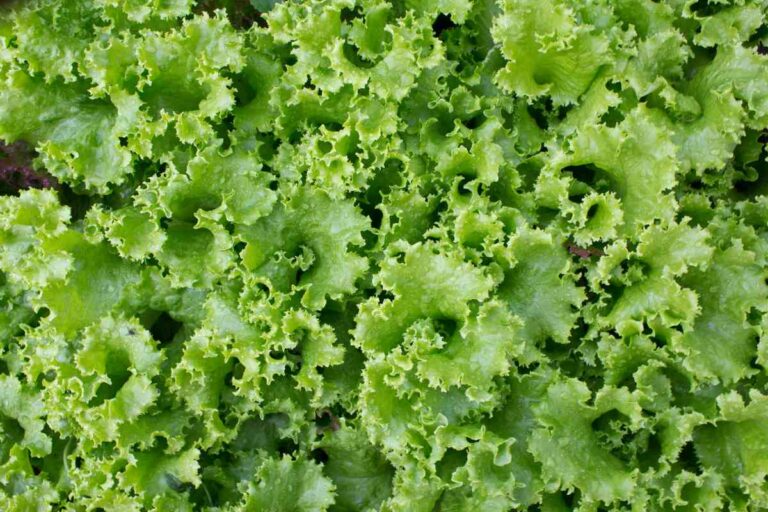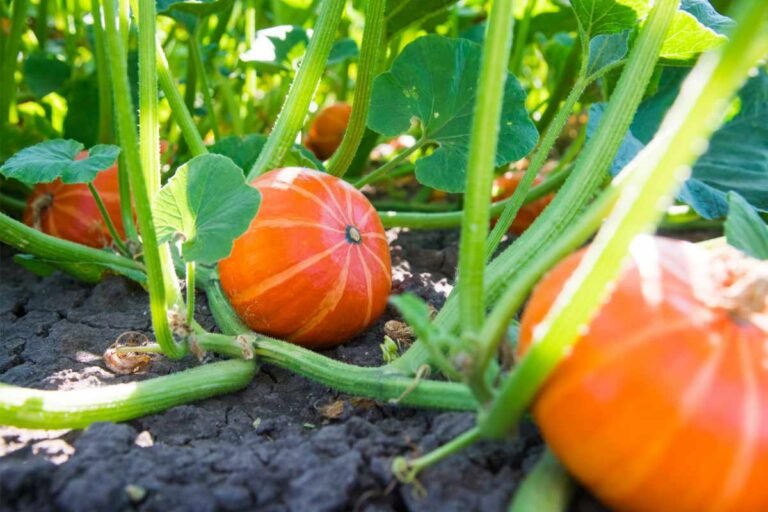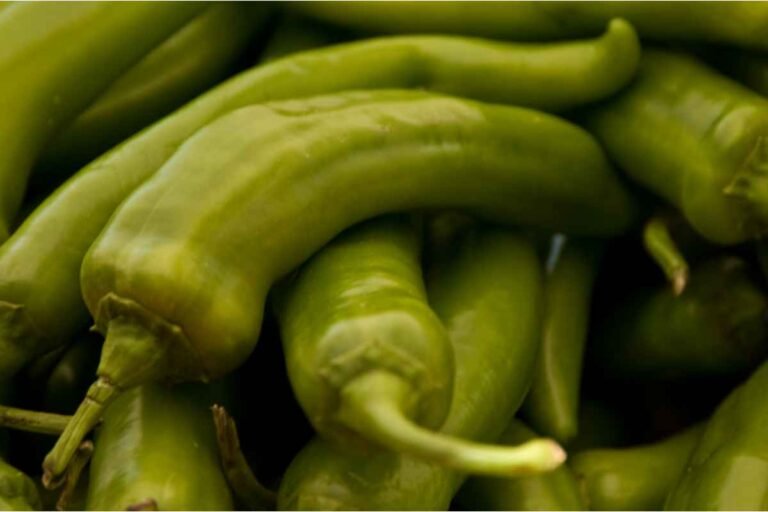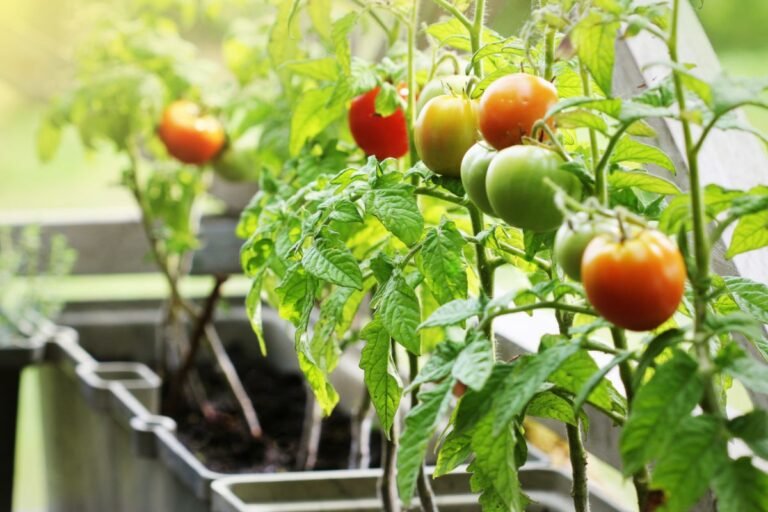Companion Plants: Growing Marigolds and Tomatoes
In the world of gardening, finding the perfect partners for your plants can make all the difference in ensuring a thriving and bountiful garden. Gardening enthusiasts and agricultural experts alike often advocate for the use of companion plants to optimize crop health and yield. One of the most popular and effective pairings is marigolds and tomatoes. In this comprehensive guide, we will explore the benefits of planting marigolds with tomatoes and how to do so effectively, as well as discuss additional companion plants and plants to avoid planting near tomatoes.
The Benefits of Companion Planting
Companion planting is a method of cultivating plants that benefit each other when grown in close proximity. Marigolds and tomatoes are an excellent example of a successful companion planting duo. They offer several advantages, including:
Pest control
Marigolds are known to repel a variety of pests, such as nematodes, whiteflies, and aphids, which can damage tomato plants.
Improved soil health
Marigolds release a chemical substance into the soil that deters harmful nematodes, which can cause root damage to tomatoes and other crops.
Pollinator attraction
Marigolds attract beneficial insects, such as bees and butterflies, which can help with pollination and improve tomato yields.
Visual appeal
The vibrant colors of marigolds can add aesthetic value to a vegetable garden, creating a more enjoyable gardening experience.
The Science Behind Marigolds and Tomatoes
The effectiveness of planting marigolds with tomatoes is backed by scientific research. Marigolds contain a natural compound called alpha-terthienyl, which has been found to have nematicidal, insecticidal, and antiviral properties. This compound is released into the soil and helps protect tomato plants from various pests and diseases.
What Not to Plant Near Tomatoes
Some plants can have detrimental effects on tomatoes when planted nearby. Avoid planting the following close to your tomato plants:
Corn
Attracts tomato pests, such as the tomato fruitworm.
Potatoes
Can transmit blight and other diseases to tomato plants.
Cabbage family plants
Broccoli, cauliflower, and Brussels sprouts can stunt tomato growth and compete for nutrients.
Fennel
Inhibits tomato growth due to its allelopathic properties.
Step-by-Step Process to Planting Marigolds with Tomatoes
Step 1: Choose the right location
Select a location in your garden that receives at least 6 to 8 hours of direct sunlight per day. Tomatoes and marigolds both require plenty of sunlight to grow and thrive. Also, ensure the area has well-draining soil to prevent root rot.
Step 2: Prepare the soil
Before planting, enrich the soil with organic matter, such as compost or well-rotted manure, to provide essential nutrients for your plants. Ensure the soil has a pH between 6.0 and 6.8, which is the optimal range for both tomatoes and marigolds.
Step 3: Plant tomato seedlings or seeds
When the soil temperature reaches at least 60°F (16°C) and all danger of frost has passed, plant your tomato seedlings or seeds according to the specific variety’s recommendations. If planting seedlings, dig a hole deep enough to cover the stem up to the first set of leaves. This encourages a strong root system. Space tomato plants 24 to 36 inches apart to allow for adequate airflow and growth.
Step 4: Plant marigold seeds or seedlings
Plant marigolds near tomatoes, either by sowing seeds directly in the soil or transplanting seedlings. Marigold seeds should be planted about 1/4 inch deep, while seedlings should be planted at the same depth as their original container. Space marigolds 8 to 12 inches apart to provide room for growth and ensure they don’t compete with the tomato plants for nutrients. Ideally, plant marigolds in a pattern surrounding your tomato plants or between them to maximize pest-repelling effects.
Step 5: Water regularly
Water both tomatoes and marigolds regularly, ensuring the soil remains consistently moist but not waterlogged. Tomatoes typically require about 1 to 2 inches of water per week, while marigolds need less. Avoid overhead watering to prevent the spread of diseases.
Step 6: Fertilize as needed
Tomatoes benefit from regular fertilization, especially with a tomato-specific fertilizer high in phosphorus and potassium. Marigolds, on the other hand, require minimal fertilization. Be cautious not to over-fertilize marigolds, as this can lead to lush foliage but fewer blooms.
Step 7: Monitor for pests and diseases
Regularly check your marigold and tomato plants for signs of pests or diseases. While marigolds can help deter certain pests, it’s essential to stay vigilant and address any issues promptly.
Step 8: Harvest and enjoy
Harvest tomatoes when they’re fully ripe and enjoy the colorful display of marigold blooms throughout the growing season. By following these steps, you’ll be well on your way to creating a thriving marigold and tomato companion garden.
Maintaining Your Marigold and Tomato Garden
To ensure the long-term success of your marigold and tomato companion garden, it’s essential to keep up with regular maintenance tasks. By following these maintenance steps, you’ll be well-equipped to keep your marigold and tomato companion garden thriving throughout the growing season and beyond.
Step 1: Prune and stake tomato plants
To improve airflow and promote healthy growth, prune your tomato plants regularly by removing any suckers or dead leaves. Staking or caging your tomato plants helps support their growth, prevents them from touching the ground, and minimizes the risk of diseases.
Step 2: Deadhead marigolds
To encourage continuous blooming, deadhead marigolds by removing spent flowers. This process promotes new growth and prolongs the flowering period, keeping your garden looking vibrant and colorful.
Step 3: Mulch your garden
Apply a layer of organic mulch, such as straw or shredded leaves, around your tomato and marigold plants. Mulching helps to retain soil moisture, suppress weeds, and regulate soil temperature, providing a healthier environment for your plants.
Step 4: Rotate your crops
Practicing crop rotation is important for maintaining soil health and preventing the build-up of pests and diseases. Avoid planting tomatoes and other plants from the nightshade family (e.g., peppers, eggplants) in the same location for at least three years. Similarly, rotate the location of your marigolds to minimize the risk of soil-borne diseases.
Step 5: Clean up at the end of the season
At the end of the growing season, remove all dead or diseased plant material from your garden to prevent the overwintering of pests and diseases. This practice helps ensure a healthy and productive garden in the following years.
Frequently Asked Questions
What is companion planting?
Companion planting is a gardening technique that involves cultivating plants in close proximity to each other to provide mutual benefits, such as pest control, improved soil health, and pollinator attraction. Marigolds and tomatoes are an example of a successful companion planting partnership.
Why should I plant marigolds with tomatoes?
Planting marigolds with tomatoes can provide several benefits, including pest control, improved soil health, pollinator attraction, and aesthetic appeal. Marigolds can deter various pests, such as nematodes, whiteflies, and aphids, which can damage tomato plants.
How do marigolds help tomato plants?
Marigolds release a natural compound called alpha-terthienyl into the soil, which has been found to have nematicidal, insecticidal, and antiviral properties. This compound helps protect tomato plants from various pests and diseases.
How do I plant marigolds with tomatoes?
To plant marigolds with tomatoes, choose the right variety of marigolds (French or Mexican marigolds are recommended), plant them in the same bed as tomatoes with proper spacing, and maintain proper watering and fertilization.
What other plants can I grow as companions for tomatoes?
Other beneficial companion plants for tomatoes include basil, borage, and carrots. These plants can help with pest control, pollinator attraction, and soil structure.
Are there any plants I should avoid planting near tomatoes?
Avoid planting corn, potatoes, cabbage family plants (e.g., broccoli, cauliflower, and Brussels sprouts), and fennel near tomatoes, as they can transmit diseases, compete for nutrients, or inhibit tomato growth.
How do I plant marigolds in a vegetable garden?
To plant marigolds in your vegetable garden, choose the right location with full sun and well-draining soil, prepare the soil by loosening it and adding organic matter, plant marigold seeds or seedlings with the recommended spacing, and water and fertilize regularly.
Why should I plant marigolds in my vegetable garden?
Marigolds can provide numerous benefits in a vegetable garden, including pest control, improved soil health, pollinator attraction, and visual appeal. They can protect your crops from pests and diseases while contributing to a healthier, more vibrant garden.

